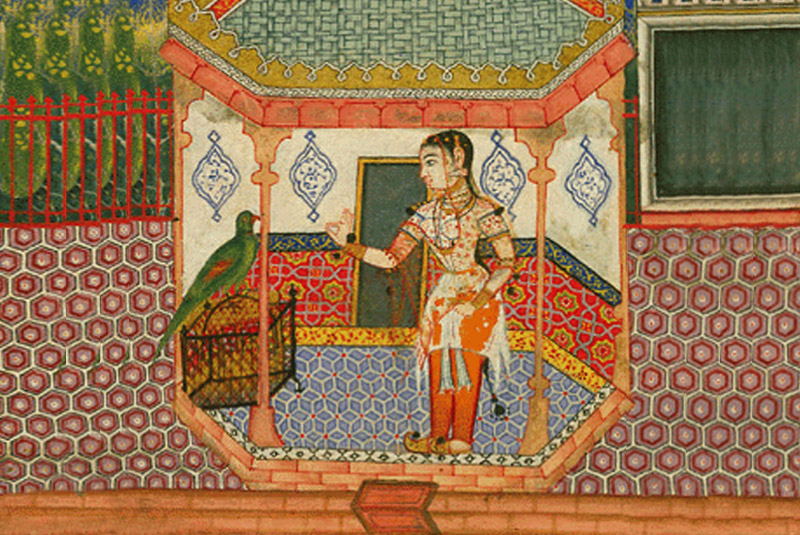In the early 19th century the British Raj was slowly solidifying its control over India. It was a complicated process, involving many negotiations and treaties. The British realised that a better understanding of the history of the land they were colonising would be necessary. With this view, a few British Orientalists founded the Asiatic Society of Bengal in 1784 to translate and help them understand Indian texts better.
One of them was Francis Gladwin, a lexicographer. A master of Persian and English, he had served in the Bengal army and later taught at Fort William College in Calcutta. Gladwin stumbled upon a Persian anthology of stories, named Tutinama, composed by Muhammad Qadiri in the 17th century.
Qadiri’s work was an abridged version of the original work by the same name – Tutinama – written by Ziya al-Din Nakhshabi, a Persian physician and Sufi saint. He had migrated from Persia and found patronage under a Muslim ruler. In was in Persia that he translated the Sanskrit version of the story. The anthology consists of fifty-two tales, one for each week of the year, narrated through a parrot to a merchant’s wife named Khojisteh.
Gladwin translated the entire work into English in a volume that ran more than three hundred pages. It was a bilingual translation which suggests that it was meant to be teaching material for students of orientalist schools in colonial India.
Copyright©Madras Courier, All Rights Reserved. You may share using our article tools. Please don't cut articles from madrascourier.com and redistribute by email, post to the web, mobile phone or social media.Please send in your feed back and comments to editor@madrascourier.com











